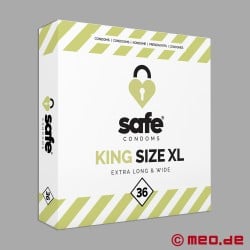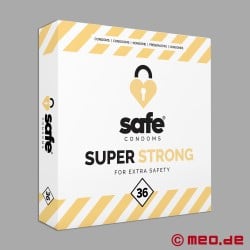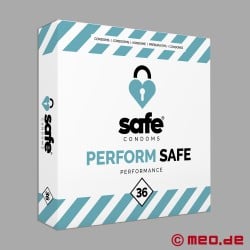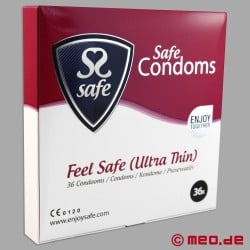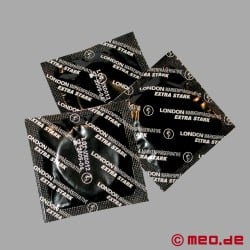
Cookie information
We use various cookies from the selection below. Essential cookies are necessary to operate our website and are therefore pre-set. All other cookies help us to design our online offering to be needs-appropriate and to constantly improve it. The statistics cookies help us to understand how visitors interact with our website by collecting information anonymously. The marketing cookies allow us to improve the product suggestions on our website. You can manage these cookies using the button below. You can call up the settings at any time and change them accordingly.
Further information is available in our Privacy Policy.






